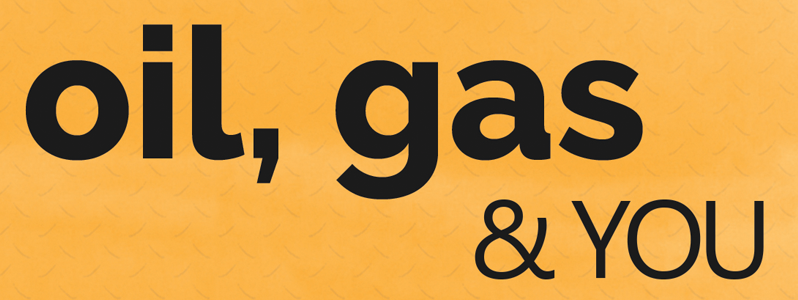OVER the last several years, Guyana has announced huge hydrocarbon discoveries offshore that have increased estimated recoverable resources to 11 billion barrels of oil equivalent. Guyana’s series of discoveries offshore have rapidly translated into production, revenues and jobs. Getting to this point was no small feat, and the strategic partnership with the Stabroek partners has allowed projects to be sanctioned and developed at record pace.
Upstream oil and gas projects on the scale of Liza One and Two, Payara and Yellowtail are massive investments that take place over decades, and it is worth understanding how that process unfolds.
The upstream oil and gas lifecycle occurs in five basic phases: exploration, appraisal, development, production, and closure.
The first three stages alone can take at least a decade to explore a potentially viable oil or gas source, identify sites and develop initial infrastructure for site drilling. If resources are found, exploration companies will organise government contracts and permits to prepare to produce oil. Doing this safely and in compliance with government regulations takes time. Projects are normally permitted and evaluated at multiple stages for their impacts on the environment, as the developments in Guyana have been.
Moreover, beyond the timeline of the phases, there are still socio-political factors that can influence the time between discovery to production and final investment decision (FID), including governmental and regulatory hurdles, community pushback and fiscal terms that can determine whether a project will be economical.
FID is the critical point in the capital project planning process when the decision to make major financial commitments is taken. At the FID point, major equipment orders are placed, and contracts are signed for engineering, procurement, and construction.
According to the international consultancy Wood Mackenzie, deep-water projects like those in the Stabroek Block require some of the highest up-front investments from companies in terms of time and resources, even as costs have declined and projects have become more efficient in recent years. For instance, Brazil’s deep-water Bacalhau field reached FID only last year, five years after the initial discovery.
In Guyana’s case, ExxonMobil announced the Liza discovery in May 2015—the first significant oil find offshore Guyana—and reached FID two years later in 2017, leading to first oil in late 2019. The Liza One project alone is expected to generate over US$7 billion in royalties and profit for Guyana over the life of the project.
To understand just how unique this is and how fickle FID can be, consider Suriname, whose oil and gas industry is more mature than Guyana’s with years of small-scale onshore production. Its offshore territories have attracted international interest and many analysts believe there may be reserves in deep-water areas nearly as large as Guyana’s.
But despite having proven reserves, multiple discoveries and the will to develop their resources, the country has fared less well than Guyana, growing by just 1.9 per cent last year. Despite some investments in exploration offshore and some promising discoveries, Suriname has had no companies make FID on the offshore discoveries, meaning that there are currently no offshore sites that have a confirmed future in oil production.
At present, Suriname has licensed only 40 per cent of its offshore blocks and is largely playing catch-up with Guyana. The government is unlikely to receive any revenues from offshore production until 2025, at the earliest. Companies remain suspicious that investments will be worthwhile in light of strict fiscal terms offered by the government that many companies fear could make projects unprofitable.
In a further blow, FID on two major projects was recently postponed. That has left Surinamese companies eager to join the industry in limbo and the government still without any revenues while it struggles with an ongoing financial crisis, in sharp contrast to the double-digit growth that Guyana has experienced over the past several years.
Guyana, meanwhile, has seen FID on four projects with two already producing oil and generating revenues. Guyana’s oil and gas developments have been on a steady upward pace and increased output in July to 360,000 barrels per day with a target of producing around 380,000 barrels per day by year end, about 40,000 more than its initial 2022 target. With two more projects expected to start producing by 2025 and others in the pipeline, development output could reach 1.2 million barrels per day by 2027.
Oil and gas production also depends on the availability of capital, labour and required equipment which often can be tied to investments, meaning oil and gas producers willing to bet on a country’s supply can reduce a project’s timeline and move a country closer to its producing capacity. ExxonMobil’s Yellowtail development, which reached FID back in April, will cost US$10 billion to develop and represents the largest investment ever made in the history of Guyana.
The journey from discovery to FID is fraught with complexities for companies and countries alike. However, the continued investment in Guyana and the rapid pace of development is testament to private and public sector working to maximise benefits for Guyanese and increase global production at a time when the world needs oil more than ever.



.jpg)








